newbury
Super Star Member
- Joined
- Jan 8, 2009
- Messages
- 14,842
- Location
- From Vt, in Va, retiring to MS
- Tractor
- Kubota's - B7610, M4700
I just bought a few 3 phase tools to haul down to Mississippi. I have a 400 amp circuit breaker box with 3 or 4 220V lines, so I've got power.
But to get 3 phase will cost well north of $30K (I asked).
My most power hungry is the Powermatic 160 planar w/ a 5hp 3phase motor.
But I also bought a jointer, bandsaw, table saw, RAS, and sander so I figure I need to learn about 3 phase and the best way I can implement it.

The collection
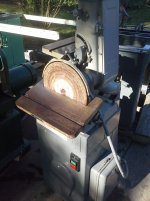
Sander
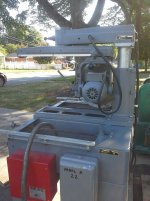
RAS
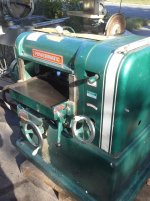
Planar
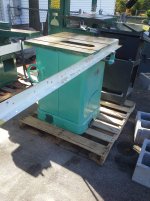
Table saw
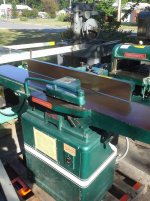
Jointer
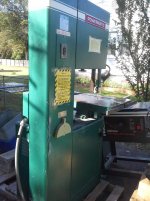
Bandsaw
So I'm looking for some GOOD links on converters and DIY converters. I figure I'll want at least a 7.5HP system.
But to get 3 phase will cost well north of $30K (I asked).
My most power hungry is the Powermatic 160 planar w/ a 5hp 3phase motor.
But I also bought a jointer, bandsaw, table saw, RAS, and sander so I figure I need to learn about 3 phase and the best way I can implement it.

The collection

Sander

RAS

Planar

Table saw

Jointer

Bandsaw
So I'm looking for some GOOD links on converters and DIY converters. I figure I'll want at least a 7.5HP system.
